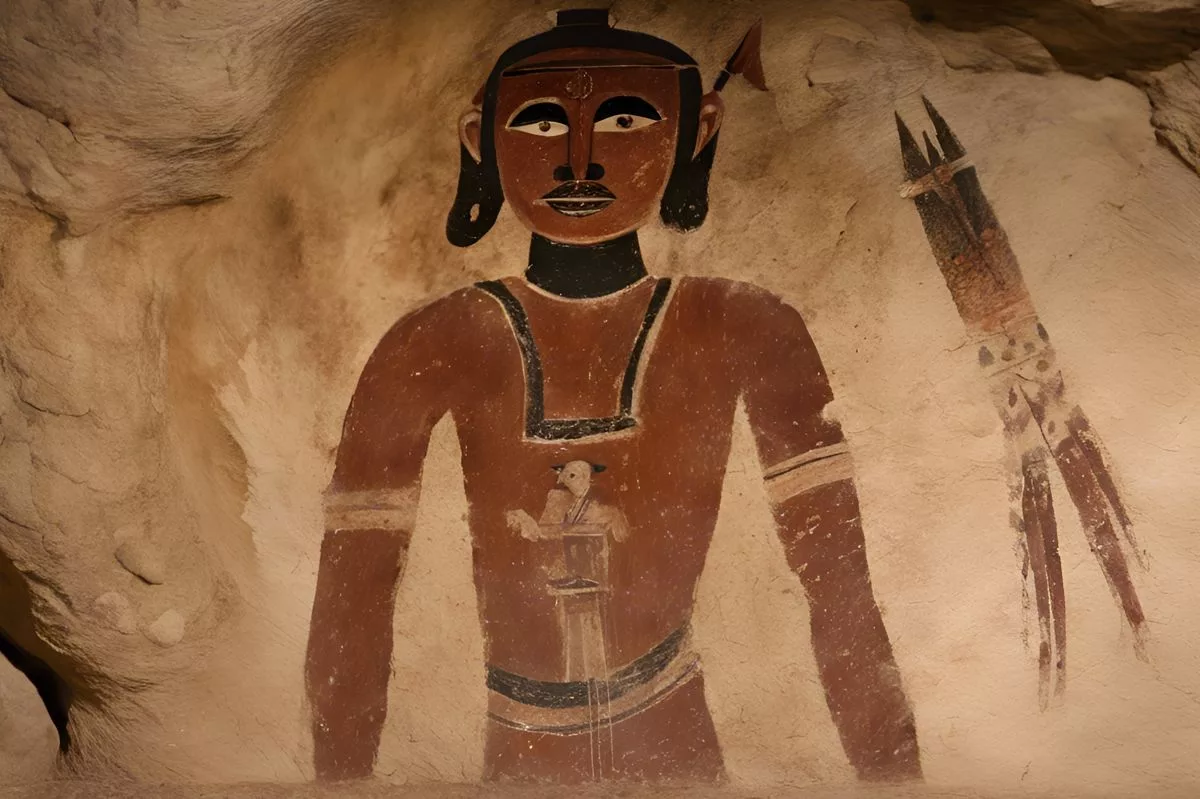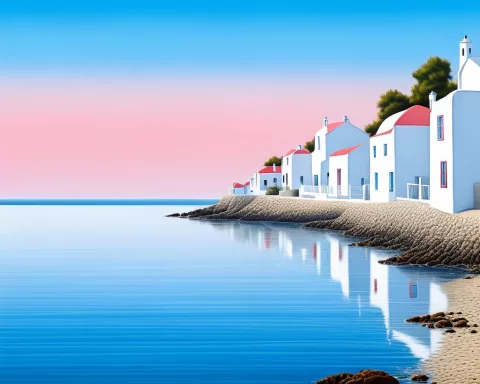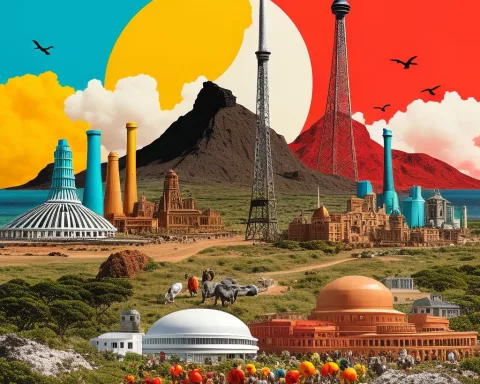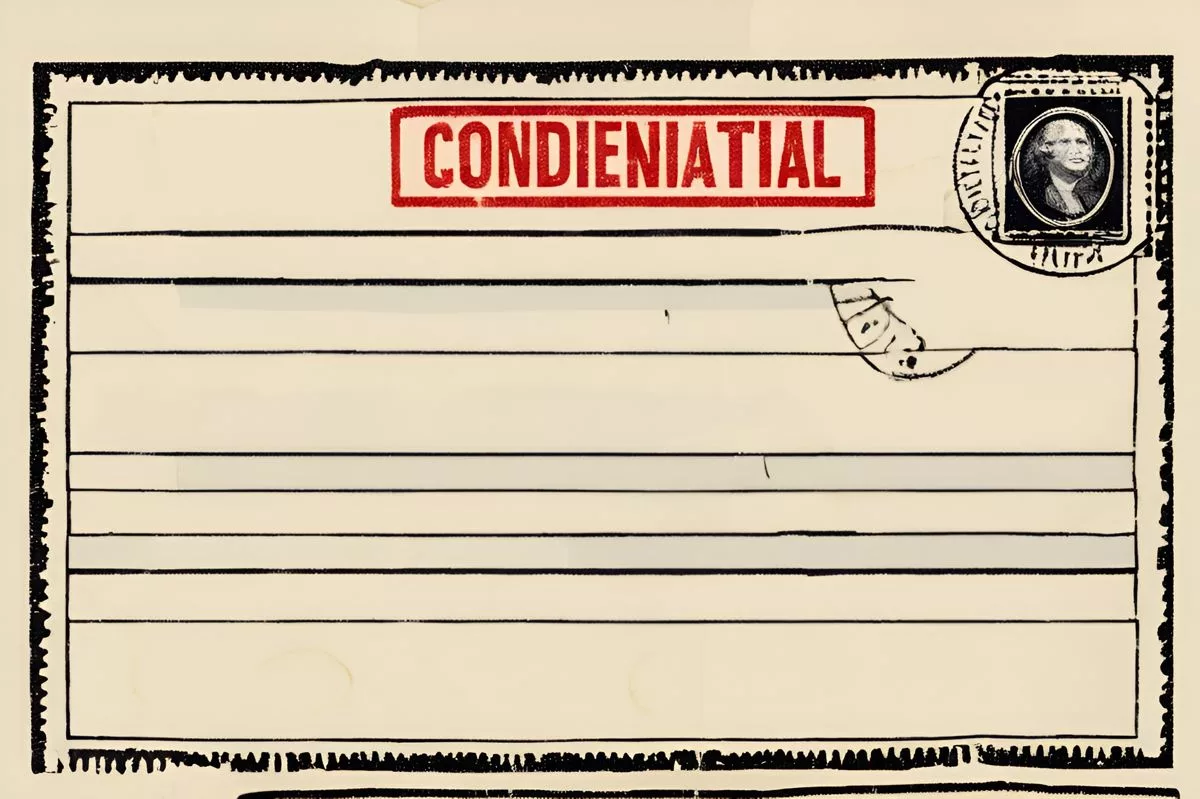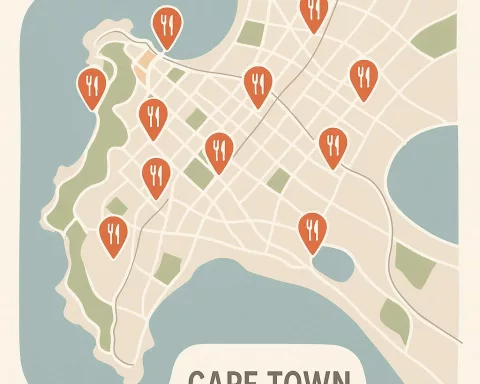Discover the captivating rock art sites of South Africa and immerse yourself in the rich cultural heritage of the San people. From the Drakensberg Mountains to the Baviaanskloof World Heritage Site, each site offers a unique opportunity to connect with our shared human history through the art that narrates the stories, beliefs, and deep kinship of the San people with their natural surroundings. Explore over 35,000 paintings in the Drakensberg, over 2,500 identified sites in the Cederberg Mountains, and witness the interactions between the San people and early African civilizations at Mapungubwe National Park. The Kamberg Nature Reserve, Baviaanskloof World Heritage Site, and Kruger National Park also offer fascinating rock art experiences that bear witness to the San people’s intimate connection with the land and its wildlife.
Explore South Africa’s rich cultural heritage through its captivating rock art sites. From the Drakensberg Mountains to the Baviaanskloof World Heritage Site, these ancient artworks crafted by the San people narrate their stories, their beliefs, and their deep kinship with their natural surroundings. Each site offers a unique opportunity to connect with our shared human history through the lens of the San people.
As the month of Heritage unfurls, it invites us to embark on a journey through South Africa’s multifaceted cultural legacy. An incredible way to immerse yourself in this rich heritage is by exploring the country’s extraordinary rock art sites. These captivating carvings and paintings crafted by the ancient San people, also referred to as the Bushmen, offer an intriguing window into a forgotten era. The art created by these ancient nomadic tribes weaves stories of their lives, their religious beliefs, and their deep kinship with their natural surroundings.
Exploring Drakensberg’s Astonishing Rock Art
An ideal starting point for a rock art expedition could be the Drakensberg Mountains, a UNESCO World Heritage site. This site is one of the most fruitful landscapes in southern Africa for rock art, housing an incredible collection of more than 35,000 paintings. These captivating pictorial narratives, believed to be several millennia old, depict animals, humans, and spiritual rituals; each artwork is a powerful testament to the social and spiritual fabric of the San people’s life. Within the Drakensberg, the Giant’s Castle Game Reserve provides easy access to the Main Caves. Here, the art serves as a physical embodiment of the San’s harmonious relationship with wildlife and the spiritual world.
Discovering the Cederberg Mountains’ Rock Art Treasures
Venturing west, the Cederberg Mountains’ rugged terrain houses one of South Africa’s most extensive rock art collections. The area is home to over 2,500 identified sites, primarily located in caves and rock shelters, which served as the San people’s canvas to document their lives in symbolic art forms. The Stadsaal Caves are particularly esteemed for their well-preserved paintings of humans, animals, and enigmatic geometric patterns.
Journey to the North: Mapungubwe National Park and Its Artistic Chronicles
Further north, the renowned Mapungubwe National Park, known for its significant archaeological contributions as the location of an ancient African kingdom, also showcases impressive rock art. The park’s sandstone formations are adorned with paintings that poetically encapsulate the interactions between the San people and early African civilizations.
A Look into KwaZulu-Natal’s Kamberg Nature Reserve and the Game Pass Shelter
The Kamberg Nature Reserve in KwaZulu-Natal is home to the Game Pass Shelter, one of South Africa’s most significant rock art sites. The site is where the “Rosetta Stone” of South African rock art was found, playing a crucial role in deciphering many San paintings. Visitors can enjoy guided tours to explore these captivating artworks that reveal the San’s deep spiritual bond with their environment.
The Baviaanskloof World Heritage Site: A Hidden Gem for Rock Art Enthusiasts
Heading towards the rugged wilderness of the Eastern Cape, the Baviaanskloof World Heritage Site offers a remote experience for rock art enthusiasts. The area, abundant in biodiversity and culture, is punctuated with concealed rock shelters housing ancient paintings. These artworks portray vivid scenes of hunting, human-animal interactions, and ceremonial events.
The Kruger National Park: A Wildlife Haven Embellished with Rock Art
Lastly, the celebrated Kruger National Park, known for its rich wildlife, also boasts over 130 rock art sites that encapsulate the region’s cultural legacy. These rock paintings, some dating back thousands of years, depict animals, human figures, and spiritual rituals, bearing witness to the San people’s intimate connection with the land and its wildlife.
Heritage Month offers a unique chance to delve into South Africa’s abundant cultural heritage, where art animates stone, narrating the ageless stories of the San people. Each rock art site, from Drakensberg to Kruger National Park, presents not just a visual spectacle, but an opportunity to connect with our shared human history through the lens of the ancient San people.
1. Who were the San people and what is their significance in South Africa’s cultural heritage?
The San people were ancient nomadic tribes who lived in South Africa and created captivating carvings and paintings that offer an intriguing window into a forgotten era. They are significant in South Africa’s cultural heritage as their art weaves stories of their lives, their religious beliefs, and their deep kinship with their natural surroundings.
2. What are some of the most prominent rock art sites in South Africa?
Some of the most prominent rock art sites in South Africa are the Drakensberg Mountains, the Cederberg Mountains, Mapungubwe National Park, Kamberg Nature Reserve, Baviaanskloof World Heritage Site, and Kruger National Park.
3. What can one expect to see at the Drakensberg’s rock art sites?
At the Drakensberg’s rock art sites, visitors can expect to see an incredible collection of more than 35,000 paintings. These captivating pictorial narratives, believed to be several millennia old, depict animals, humans, and spiritual rituals.
4. What is the significance of the Game Pass Shelter in KwaZulu-Natal?
The Game Pass Shelter in KwaZulu-Natal is one of South Africa’s most significant rock art sites and where the “Rosetta Stone” of South African rock art was found, playing a crucial role in deciphering many San paintings. Visitors can enjoy guided tours to explore these captivating artworks that reveal the San’s deep spiritual bond with their environment.
5. What can one expect to see at the Baviaanskloof World Heritage Site?
At the Baviaanskloof World Heritage Site, visitors can expect to see ancient paintings in concealed rock shelters portraying vivid scenes of hunting, human-animal interactions, and ceremonial events.
6. What is the significance of the rock art in Kruger National Park?
The rock art in Kruger National Park depicts animals, human figures, and spiritual rituals, bearing witness to the San people’s intimate connection with the land and its wildlife. These paintings date back thousands of years and encapsulate the region’s cultural legacy.

